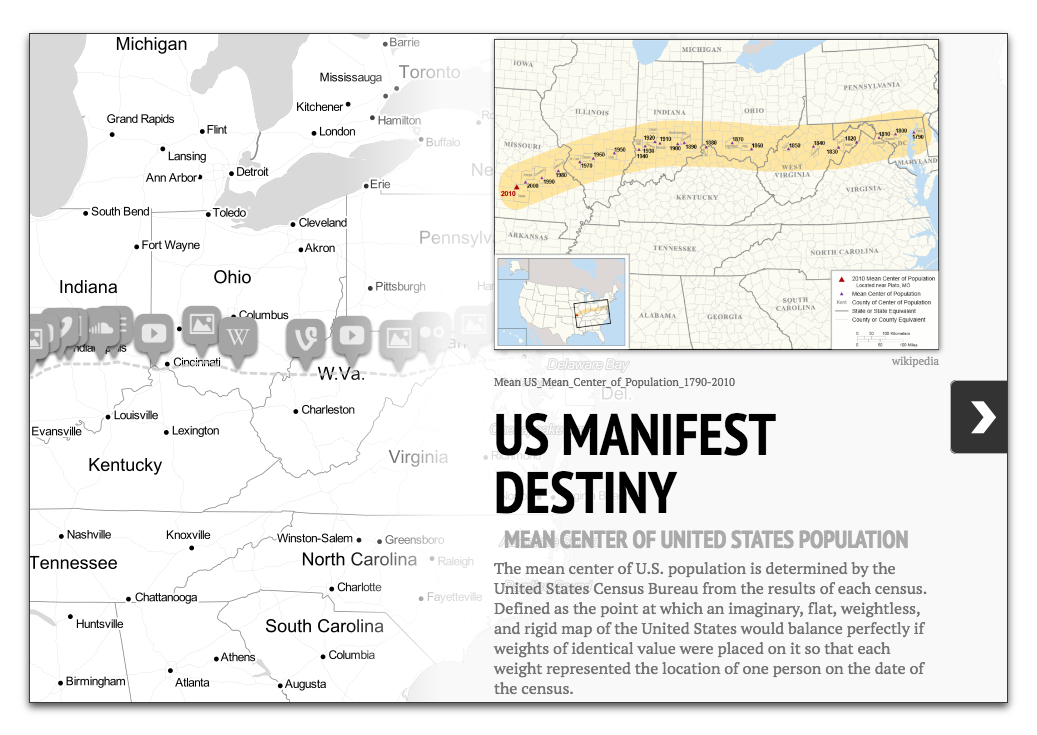Thinking About Sources and Methods
Sources
I am interested in exploring private forms of communication (diaries, letters, etc.) from the Western Americana Collection. In particular, I am curious about women’s perspectives on exploration and settlement in the Western United States in the late 19th and early 20th centuries. Most of the written materials in the collection were produced by men, especially those surrounding exploration. I found one manuscript (pictured below) written by Nellie Martin Wade titled “Through Interior Alaska on Horseback and the Scenic Coast Route” on her exploration of Alaska in the early 20th century. Notably, Wade includes in the title page that she is the “first woman to explore the Great Shushitna Valley and the Mt. McKinley Range.”

Title Page of Nellie Martin Wade’s Manuscript
Other documents written by women in the collections include:
- A letter between two sisters, sent from California to New York in 1855
- A letter from a daughter to her mother, sent from Colorado in 1884
- A letter from a Lakota woman, written in Lakota with an attached translation
Unlike Wade’s manuscript, these documents do not depict exploratory journeys. Nevertheless, they can provide inside into the experiences of women’s daily lives in the American West, a historical region whose history I often associate with male miners/farmers. Additionally, I would note the inclusion of some written documents on Native American life, though it appears that most of the written materials in the collection represent settlers’ perspectives. I would be interested in exploring one or more of these documents, especially Wade’s manuscript.
Methods
One category of digital tools that interests me are those that deal with geographic data. This is particularly relevant when looking at records of traveling and of journeys, which center heavily around location. Tools such as StoryMap and TimeMapper seem especially appropriate for this task, as they allow for the combination of media and location-specific information. The physical history of the Western Americana collection (much of it focuses on journeys to the Pacific and traveling to various states in the Western US) lends itself especially well to tools that connect places with texts. I would also be interested in tools that provide new ways to display or interact with handwritten text, though I am not sure what tools exist in this category. This digital tool would theoretically enable users to engage more intensely with the personal nature of documents such as letters and diaries and better understand authors in the context of their work. Broadly, I would hope to use digital techniques to integrate geographic elements and the ability to interact with the text itself into this project.
 A StoryMap featuring Manifest Destiny and the shifting US population
A StoryMap featuring Manifest Destiny and the shifting US population
Purpose and Challenges
I would want viewers of this project to gain a new perspective and insight into women’s experiences expressed through their private communications. More generally, as I may end up working with a different set of sources, through this project I would hope to (in some way) illuminate the experience and writing of individuals who are not commonly represented in their historical context. As this is a digital humanities project, I would intend to not only make documents of history more accessible in a practical way, but in a way that allows for new ways of interacting with texts. The personal nature of letters and diaries is specifically interesting to me as they provide a unique insight into history - they are often evidence of daily life and experiences that may not be present among formally published documents, such as newspapers, from the same period.
One challenge I anticipate with this project is supplementing documents in the digital collections with other external research, especially as there may be little or no information about the authors of these documents besides the documents themselves. On the other hand, this research process can be very exciting and has the potential to produce many interesting and surprising findings! Another concern I have is navigating the scope of the project - there is clearly a depth of information found in just one document and I am interested to see how broadly the final project will span the documents I eventually use for the project. Will the project focus on a few key ideas from just one source? Will multiple sources be brought together? I think that the digital tools used for the project will help answer this question, as one platform may be best suited for a more intense examination, while another might perform well with multiple sources.

